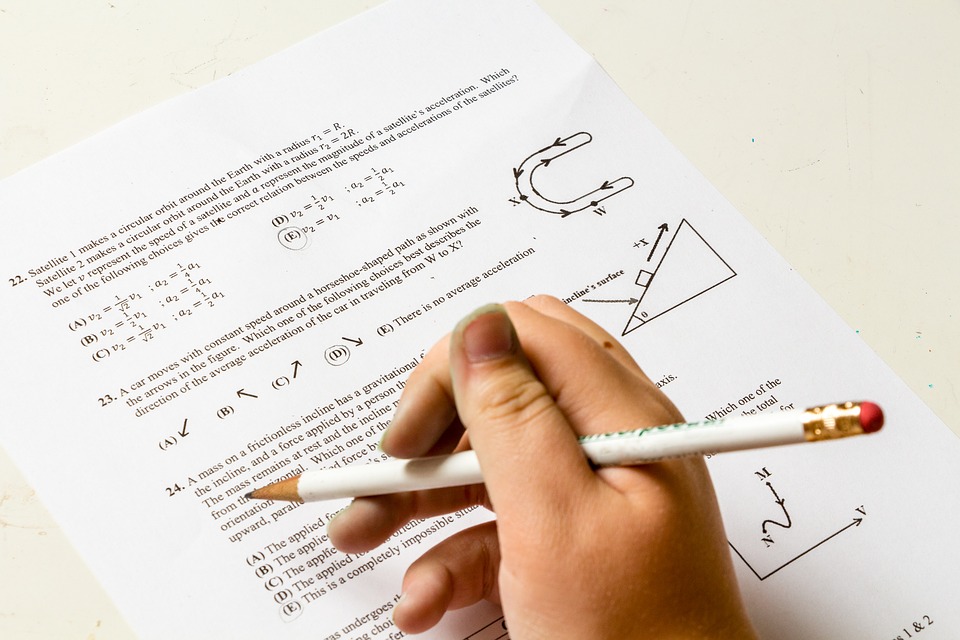Radioamateurs
 From your bedroom through the moon talking to someone from Brazil impossible? Not for a radio amateur. Amateur radio, also known as hams, are engaged in sending messages from around the world and received. In the Netherlands there are about 12,000 people who have this hobby, where experimenting with transmitters, receivers and radio signals centered, practice. Radio signals are electromagnetic waves that are affected by solar activity and weather. Surveys and experiments on the propagation of radio waves through the air under various conditions are an important part of amateurism. Every radio amateur has its own specific focus. Some wishes to make connections over increasing distances one and another want to build transmittors. The Netherlands has two major national associations active, the Veron and VRZA (Association of Radio Amateur). These associations are trying to protect and defend the interests of radio amateurs. The associations are also responsible for organizing courses and exams.
From your bedroom through the moon talking to someone from Brazil impossible? Not for a radio amateur. Amateur radio, also known as hams, are engaged in sending messages from around the world and received. In the Netherlands there are about 12,000 people who have this hobby, where experimenting with transmitters, receivers and radio signals centered, practice. Radio signals are electromagnetic waves that are affected by solar activity and weather. Surveys and experiments on the propagation of radio waves through the air under various conditions are an important part of amateurism. Every radio amateur has its own specific focus. Some wishes to make connections over increasing distances one and another want to build transmittors. The Netherlands has two major national associations active, the Veron and VRZA (Association of Radio Amateur). These associations are trying to protect and defend the interests of radio amateurs. The associations are also responsible for organizing courses and exams.
No pirates
A pirate radio station is often mistakenly called ham. Pirates are, unlike amateur radio, legally irrelevant proficient in the use of transmitting equipment, do not have the necessary legal knowledge and are not registered. Pirates are mainly concerned with the provision of radio programs and broadcasting music, not experiments. Because pirates are not authorized to use the frequency space, these broadcasts are illegal.
Exams
Before anyone can be a radio amateur he must do exam.  The operator so lets see he mastered the basics of the amateurism and can operate responsible equipment.
The operator so lets see he mastered the basics of the amateurism and can operate responsible equipment.
This will prevent disruptions caused by transmitting. Disruptions are not only tricky, but can also cause unsafe situations, for example in air traffic. There are two types of exams: full and novice. Someone who passes the full exam has all rights for radio amateurs. Someone who is a novice, has a limited jurisdiction and should use only a limited number of frequencies with a maximum transmission power of 25 watts. Of all available frequencies is about 6% reserved for radio amateurs.If someone passes the exam, he can register itself as ham radio at Agentschap Telecom, the supervisor of the use of frequencies. When registering he will receive also a name. This is called a "identification" or "callsign". These calls are internationally established. Each callsign is unique and makes sure that every hamradio recognizable. A callsign consists of two parts: a prefix, which indicates the country where the amateur lives and a suffix, which identifies the amateur station. The prefix is usually a combination of letters and numbers. Dutch prefix is indicated by the letter P followed by the letter A to I and a number. An example of a Dutch callsign is PI4ASN.
Connections
There are many different ways in which connections are established. One of the oldest and best known ways is morse code. This technique is especially suitable for making connections in difficult conditions. Other types of signals that are sent are FM, AM and TV. Because radio signals are good to reflect, even the Moon and meteorites can be used as mirror to bounce signals to make a connection.







